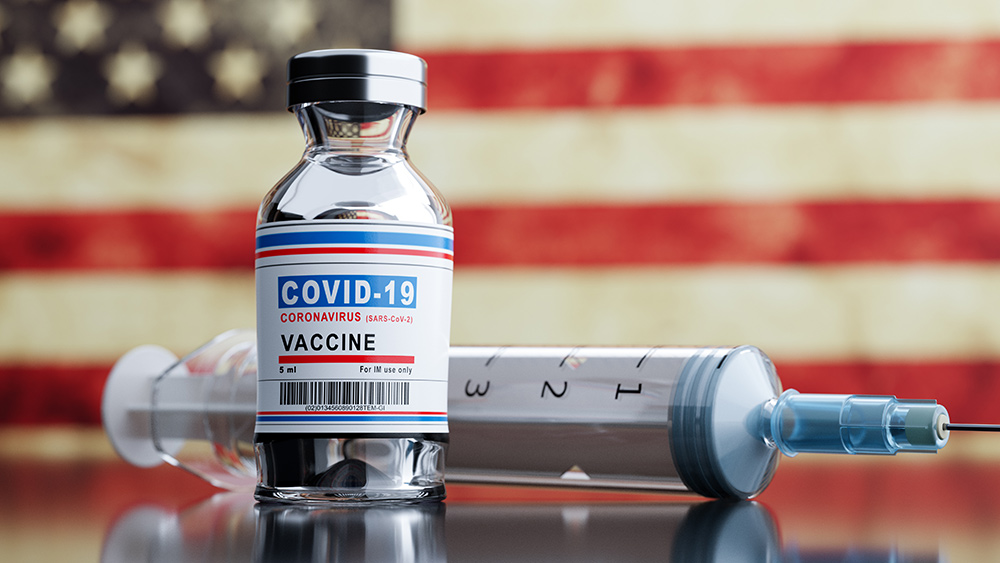
Japanese Prime Minister Yoshihide Suga said the government has put off figuring out what to do with all of the radioactive water at the now-defunct Fukushima Daiichi Nuclear Power Plant for long enough.
The prime minister will decide next week whether to dump the radioactive water into the Pacific Ocean in spite of strong opposition from fishermen in Fukushima. Officials said Suga's hand is being forced because the power plant will soon run out of space for the contaminated water, according to The Japan Times.
Dumping radioactive water into the ocean is "unavoidable"
Last January, a government panel accepted a draft proposal for releasing radioactive water stored at the power plant into the Pacific Ocean. The proposal said slowly releasing the water into the ocean was feasible. The water would not pose a health hazard as well.
But some fishing groups and local governments opposed the proposal, citing concerns that consumers all around the world would shun seafood caught in the waters off the coast of Fukushima. There are 15 countries still enforcing import restrictions on fish and seafood from Japanese districts affected by the plant disaster. (Related: Fish off the coast of Fukushima show high concentrations of radioactive cesium.)
Government officials have been arguing over what to do with the contaminated water at the tsunami-wrecked power plant, which is expected to run out of space as early as fall next year. The plan that many officials are now considering involves purifying the contaminated water as much as possible to dilute the radioactive elements present. Then, the water will be dumped into the Pacific Ocean over the course of 30 years.
Tokyo Electric Power Company (TEPCO), the operator of the Fukushima Daiichi power plant, stated that contaminated water from the plant has already been treated with an Advanced Liquid Processing System (ALPS).
The plan remains unpopular outside of government halls. But officials assert that the plan is unavoidable given the state of the defunct power plant. On Wednesday, April 7, Suga met with Hiroshi Kishi, head of JF Zengyoren, the national federation of fisheries cooperatives, at his office in Tokyo to discuss the matter.
"I want to make a decision in a few days," Suga told reporters after the meeting.
Meanwhile, Kishi said he told the prime minister that there is no change in the least in his organization's position on the matter. He said Suga told him that the government will decide on what to do based on opinions and proposals from experts.
But Kishi warned that there is bound to be "reputational damage" regardless of how the water will be disposed of because of Japan's history of radioactive waters and seafood. He said he wants the government to clarify how it intends to respond to such reputational damage.
Possible alternatives
While government officials are framing the controversial plan as an unavoidable course of action, others would beg to disagree. Arjun Makhijani, president of the Institute for Energy and Environmental Research (IEER), says there are other ways to manage the contaminated water that doesn't involve dumping it in the ocean.
For instance, the water can be evaporated slowly. Tritium, a radioactive isotope of hydrogen contaminating the water stored in the power plant, is naturally present in the atmosphere, explained Makhijani. Therefore, the ecological impact of evaporating the water to release tritium as vapor would be much lower.
Another option is to extract the tritium. According to Makhijani, they can isolate tritium and use it for research purposes instead.
The water could also be mixed with cement and put in storage for up to 80 years. By then, radioactive elements in the water would have almost totally decayed.
Makhijani admitted that these alternatives are more costly than the government's plan. But given that they will allow the government to properly and completely deal with the Fukushima disaster, none of them are really that costly, said Makhijani.
He added that before TEPCO is allowed to pollute the Pacific Ocean, it should first show that dumping water in the ocean won't severely disrupt marine ecosystems. Japanese authorities should also think about how their plan, if set in motion, would set a precedent for how future generations would handle similar situations.
Visit Fukushima.news to learn more about the adverse environmental effects of Fukushima's radioactive water.
Sources include:
Please contact us for more information.




















